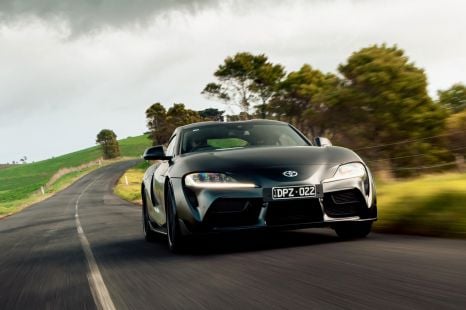

Max Davies
2025 Toyota GR Supra Track Edition review
5 Days Ago

Deputy News Editor
Some of Australia’s best-selling models used as much as one-third more than their official claimed fuel consumption figures – and several breach their regulatory CO2 emissions limits – according to the results of the latest real-world test carried out by the Australian Automobile Association (AAA).
The AAA tested the fuel economy claims across 30 of the most popular models sold in Australia, including the Ford Ranger, Mazda 3, Toyota Yaris Cross Hybrid and Chery Tiggo 8 Pro.
It compared the on-road fuel use and emissions during physical testing with the figures produced by automakers in legally mandated laboratory testing.
It found 25 of the 30 evaluated vehicles exceeded their claimed fuel-efficiency figures, while six vehicles (20 per cent of those tested) breached current Australian lab-tested regulatory emissions limits.
CarExpert can save you thousands on a new car. Click here to get a great deal.
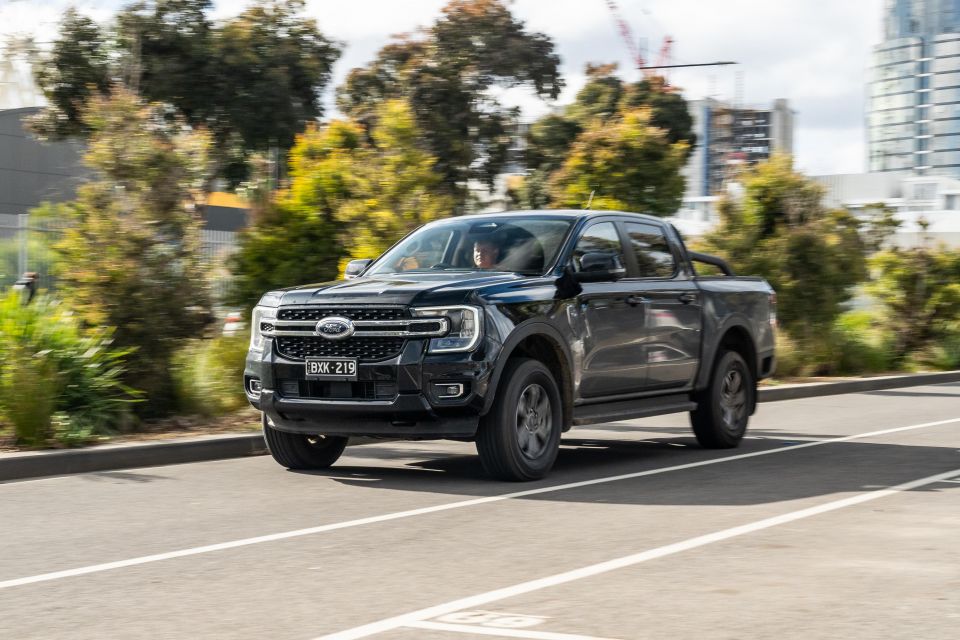
That’s despite more accurate testing for cars from Europe, where the Worldwide Harmonised Testing Procedure (WLTP) – designed with input from vehicle manufacturers – intends to produce official fuel-use claims that are closer to real-world results.
The Hyundai Kona Hybrid was the worst offender when it came to fuel consumption, using 33 per cent more fuel than its official 3.9L/100km combined economy figure, with AAA achieving 5.2L/100km.
Yet Hyundai was at the positive end of the results, too, with its Staria van being one of the best-performing vehicles alongside the Mercedes-Benz GLB 200 mid-size luxury SUV. Both models came within one per cent of their official fuel claims.
Vehicles to achieve better than expected fuel economy results include the Ford Transit Custom van, which led with a nine per cent better-than-claimed result.

The Lexus NX350h mid-size luxury SUV was the next best at seven per cent, and the Mercedes-Benz GLB 250 and the smaller GLA at three and two per cent better respectively.
While the Transit shone, the Ford Ranger – Australia’s best-selling vehicle for the past two years and leading the sales charts so far in 2025 – produced excessively high emissions, with results showing 552mg/km of nitrous oxide emissions.
The test was for the Ranger XLT with the 3.0-litre V6, which makes 184kW/600Nm.
Ford Australia has detuned the same engine for the 2026 Ranger Super Duty, lowering power by 30kW to meet tougher emissions Euro 6d emissions laws coming into effect in Australia from December 1, 2025.
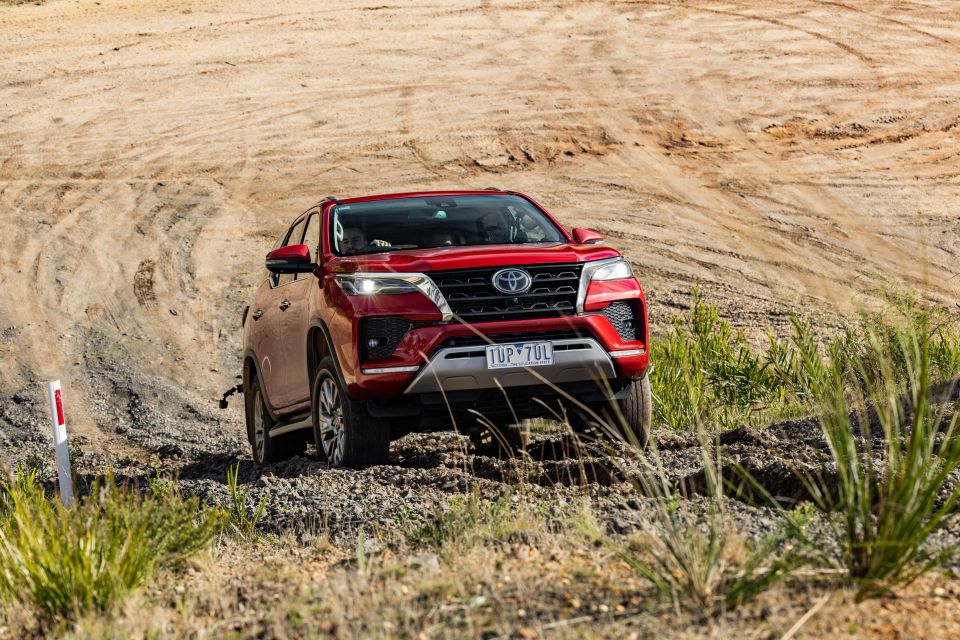
The Toyota Fortuner – which uses the underpinnings and engine from the Toyota HiLux – also exceeded emissions limits, as did the Toyota HiAce SLWB and HiAce LWB vans, and the Suzuki Vitara and BMW X1 small SUVs.
Yet the Ford Ranger was commendable in its fuel use, posting a result of 8.9L/100km in testing to come within six per cent of Ford’s official 8.4L/100km claim.
The AAA says it has now tested 114 popular models in Australia, with 77 per cent of vehicles tested using more fuel than advertised.
“Some vehicles perform as advertised, but most do not, and our program is seeking to reward carmakers that deliver genuine financial and environmental savings,” said Michael Bradley, managing director of the AAA, in a statement.

The testing comes as the New Vehicle Efficiency Standard (NVES) comes into effect in 2025, surrounded by strong debate across automakers about its effectiveness.
Introduced on January 1, 2025, the NVES is designed to lower carbon dioxide emissions at the tailpipe of new vehicles through an annual reduction of legal CO2 limits.
Each brand’s emissions are measured across all models its sells to establish a fleet-average figure; those in breach are fined, while those below are eligible for regulatory credits.
Car companies can buy credits from others to reduce their overall average emissions figure and avoid or lower the cost of fines, which became enforceable on July 1, 2025.
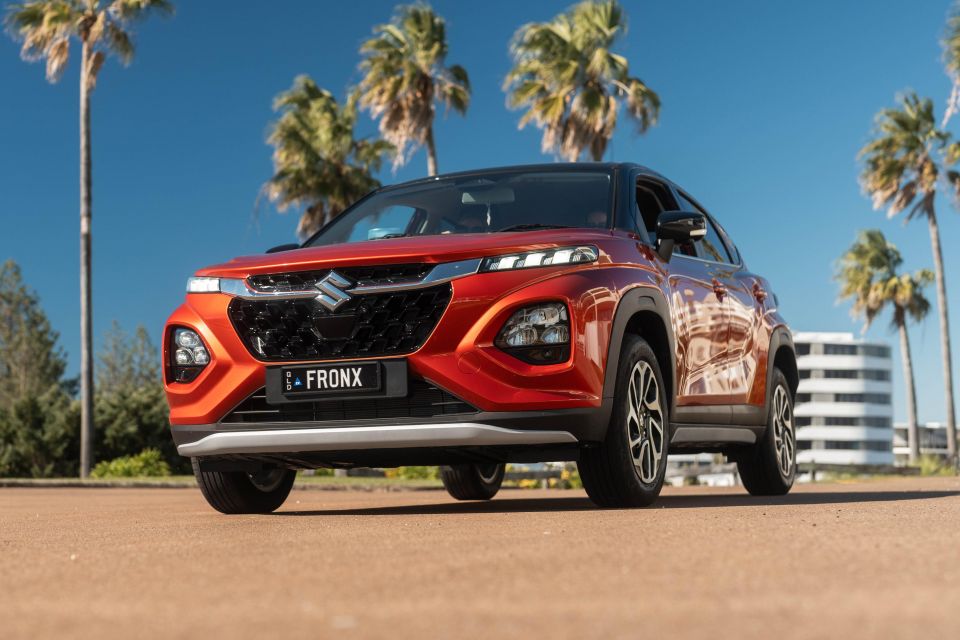
While most car companies are in favour of reducing tailpipe emissions from vehicles, debate remains ongoing about the effectiveness of the way NVES has been rolled out. Several auto executives have been publicly critical, most recently including Suzuki Queensland boss Paul Dillion.
His comments were made at the launch of the Suzuki Fronx, a light-sized 1.5-litre hybrid hatchback, which will be liable for financial penalties under NVES from 2026.
Other automakers, such as electric vehicle (EV) brand Polestar, are in favour of even tougher regulations, with the brand leaving the Federal Chamber of Automotive Industries (FCAI) in protest of the public criticism of NVES.
Polestar was joined by fellow EV-maker Tesla in quitting the industry body in 2024 over the issue.
Below are the fuel consumption results from the latest round of the AAA’s real-world testing.
| Vehicle | Fuel type | Mandated lab test claim (L/100km) | AAA testing result (L/100km) | Disparity |
|---|---|---|---|---|
| BMW X1 | Petrol | 6.5 | 6.7 | +4% |
| Chery Tiggo 8 | Petrol | 8.1 | 8.4 | +3% |
| Ford Ranger | Diesel | 8.4 | 8.9 | +6% |
| Ford Transit Custom | Diesel | 8.0 | 7.2 | -9% |
| Hyundai i30 Hybrid | Petrol/EV | 3.9 | 4.6 | +17% |
| Hyundai Kona Hybrid | Petrol/EV | 3.9 | 5.2 | +33% |
| Hyundai Sante Fe Hybrid | Petrol | 5.6 | 6.2 | +10% |
| Hyundai Staria | Petrol | 10.5 | 10.6 | +1% |
| Hyundai Tucson | Petrol | 6.7 | 6.9 | +3% |
| Hyundai Tucson Hybrid | Diesel | 5.3 | 5.7 | +8% |
| Kia Sportage Hybrid | Petrol/EV | 4.9 | 5.6 | +14% |
| Kia Stonic | Petrol | 5.4 | 6.8 | +26% |
| Lexus NX350h | Petrol/EV | 5.0 | 4.7 | -7% |
| Mazda 3 | Petrol | 6.6 | 7.4 | +13% |
| Mazda CX-30 | Petrol | 6.3 | 6.4 | +1% |
| Mercedes-Benz GLA | Petrol | 7.4 | 7.3 | -2% |
| Mercedes-Benz GLB 200 | Petrol | 7.5 | 7.4 | -1% |
| Mercedes-Benz GLB 250 | Petrol | 7.9 | 7.6 | -3% |
| Mercedes-Benz GLC 200 | Petrol | 7.5 | 7.6 | +1% |
| Mercedes-Benz GLE 300d | Diesel | 6.6 | 6.9 | +4% |
| MG3 | Petrol | 6.0 | 6.7 | +12% |
| Nissan X-Trail Hybrid | Petrol/EV | 6.1 | 6.7 | +9% |
| Skoda Octavia | Petrol | 5.8 | 6.1 | +6% |
| Suzuki Vitara | Petrol | 5.9 | 6.3 | +7% |
| Toyota Fortuner | Diesel | 7.6 | 8.8 | +16% |
| Toyota HiAce LWB | Diesel | 7.9 | 8.7 | +10% |
| Toyota HiAce SLWB | Diesel | 8.1 | 9.0 | +11% |
| Toyota LandCruiser Prado | Diesel | 7.6 | 8.2 | +8% |
| Toyota Yaris Cross Hybrid | Petrol/EV | 4.0 | 4.5 | +12% |
| Volkswagen T-Cross | Petrol | 5.6 | 5.8 | +4% |
MORE: What the first federal emissions standard means for Aussie car buyers MORE: Polestar boss says new Australian emissions regulations ‘didn’t kill the weekend’
Where expert car reviews meet expert car buying – CarExpert gives you trusted advice, personalised service and real savings on your next new car.
Damion Smy is an automotive journalist with several decades of experience, having worked for titles including Car and Auto Express magazines in the UK, and Wheels and Motor magazines in Australia.


Max Davies
5 Days Ago


Neil Briscoe
4 Days Ago
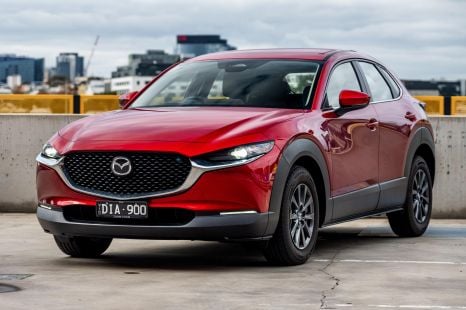

Max Davies
3 Days Ago
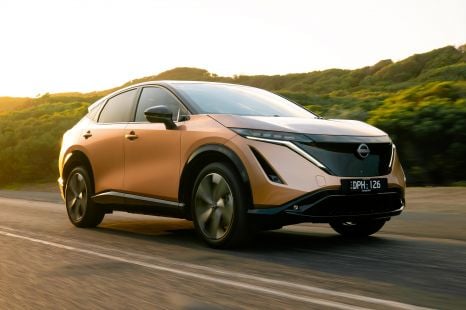

James Wong
2 Days Ago


William Stopford
1 Day Ago
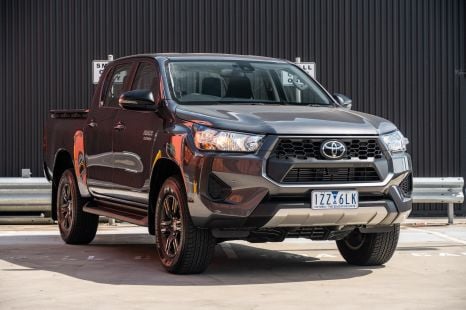

Josh Nevett
14 Hours Ago